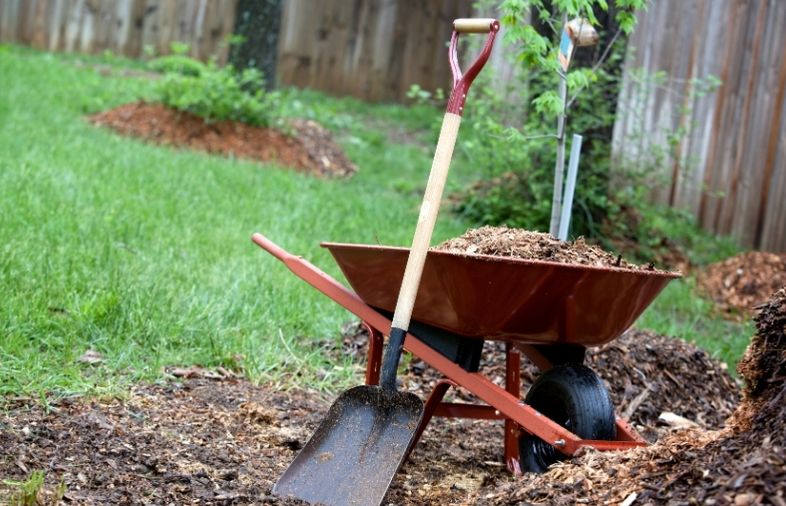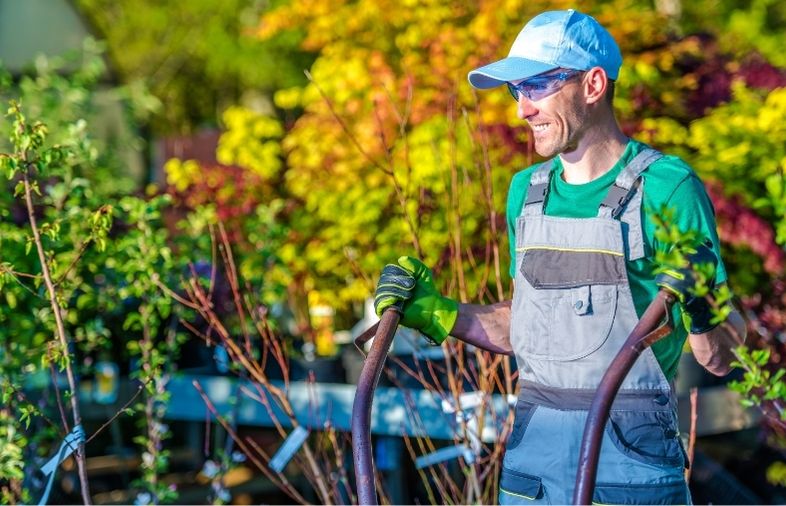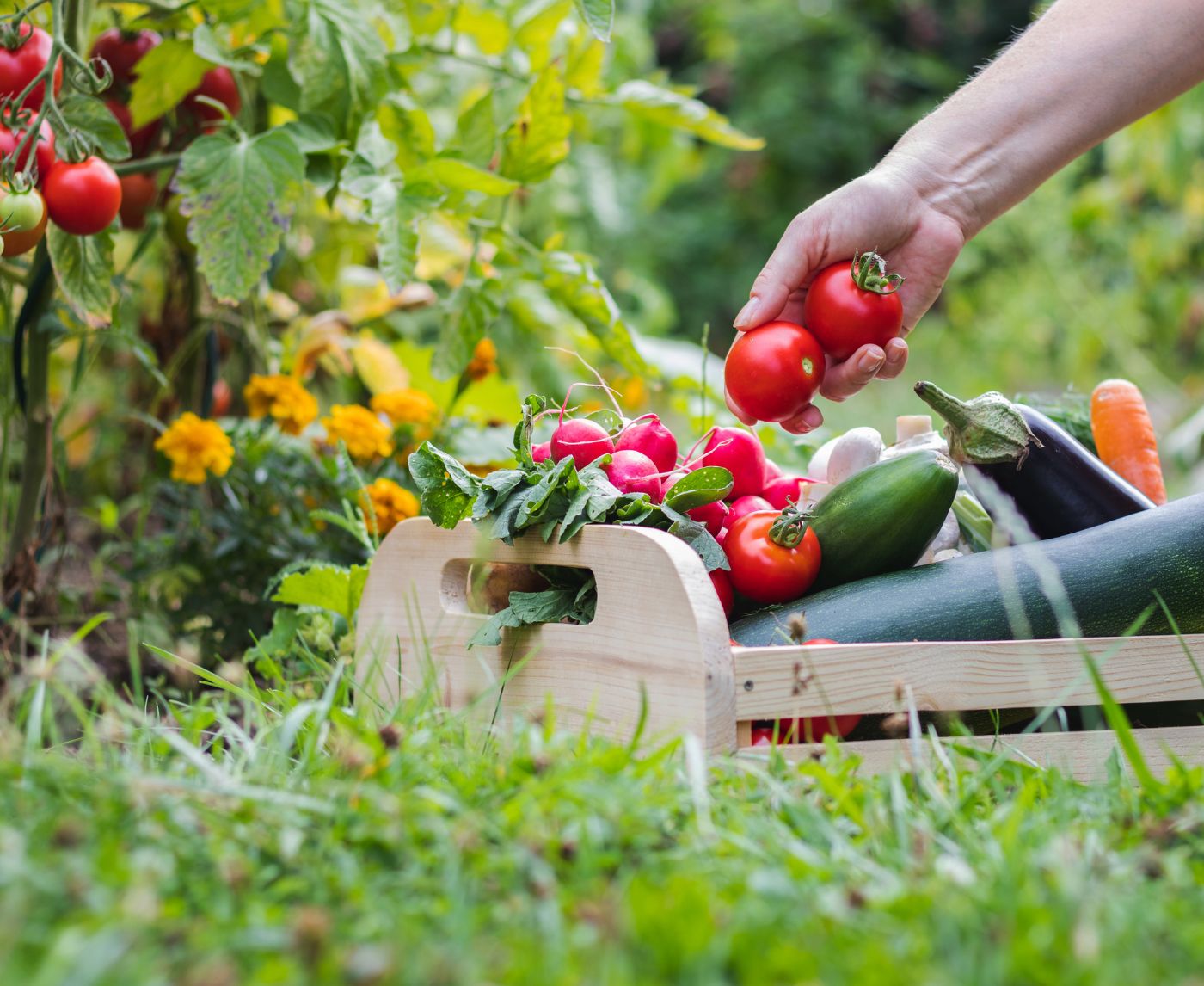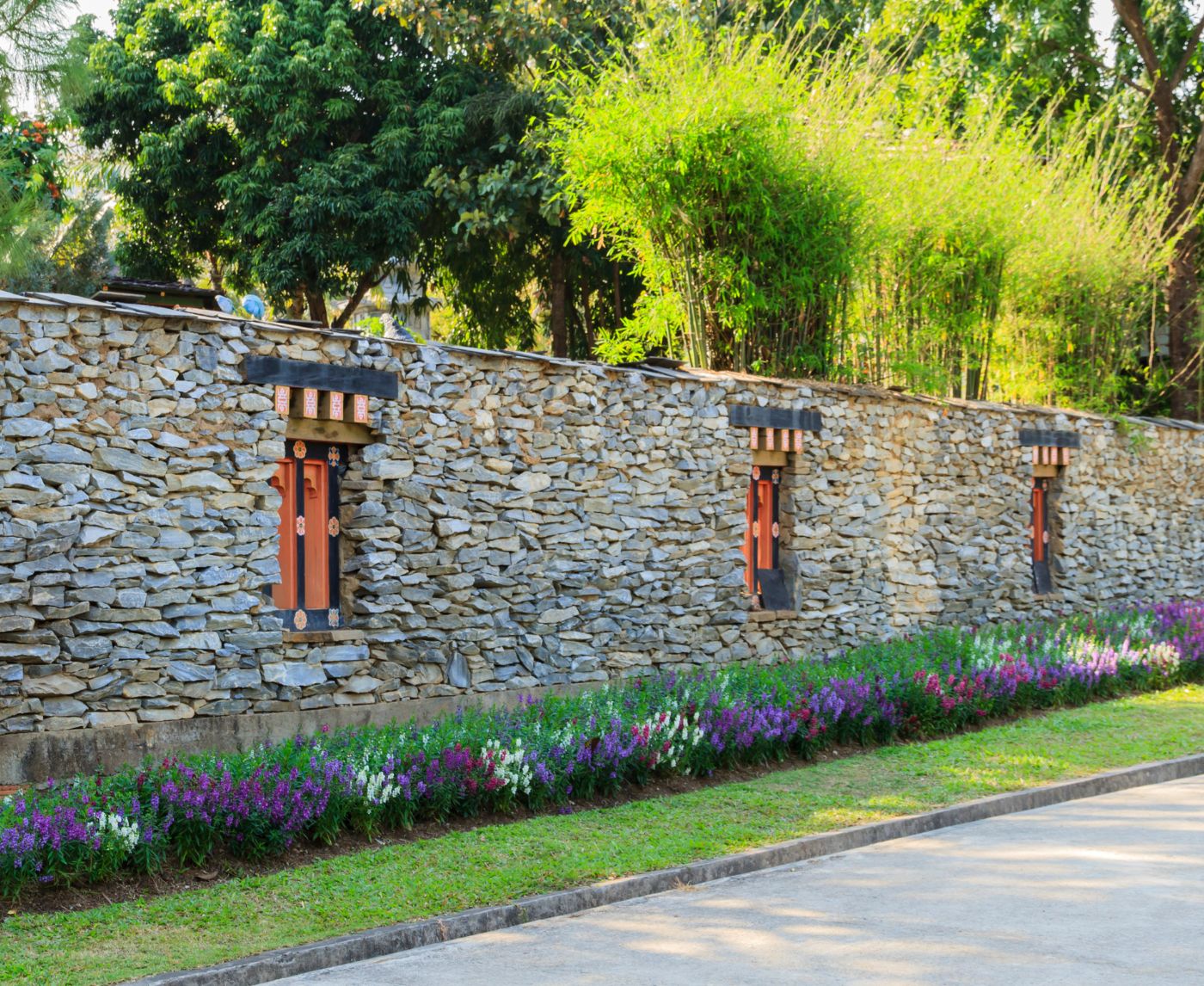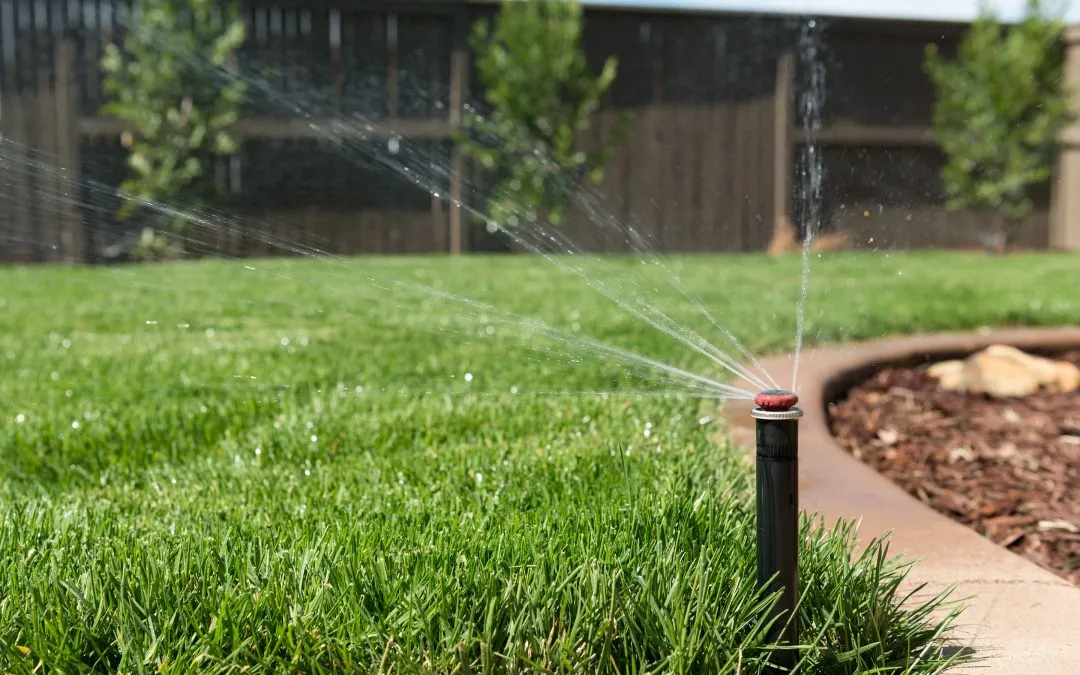Living near the coast is amazing, with constant sunshine and refreshing ocean breezes. But while there’s plenty to love, it also has unexpected challenges, especially when it comes to landscaping.
Sandy soil, salty air, and long stretches without rain can be harsh for many plants, particularly exotic ones. That’s why it’s important to use native plants in St. Augustine’s landscaping projects; after all, they’re made for these conditions!
At Baker Company, we’ve spent decades perfecting coastal landscaping, and can guarantee your yard will be the best on the block while keeping it sustainable and easy to care for! Want to know how we do it? Just give us a call! In the meantime, let’s talk about some of the best native plants in St. Augustine for your yard.
Sea Grape
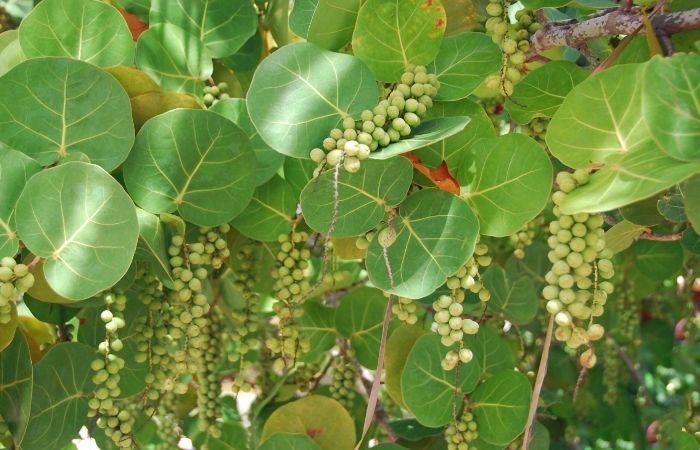
The sea grape is a true Florida classic, and chances are, you’ve seen it before while walking around town. This plant is perfect for sandy soil, needs very little water, and couldn’t care less about salty air.
At Baker Company, we think this is one of the best plants for St. Augustine Beach yards because it acts as a natural barrier against the wind and noise, giving you some privacy and something pretty to look at!
Sea grapes are also edible and non-toxic, and will attract birds and pollinators who’ll be very grateful for the extra food.
How to Use It Effectively
Plant it as a privacy hedge
Let it grow into a small tree to have an accent piece
Use it for dune stabilization in beachfront properties
Muhly Grass
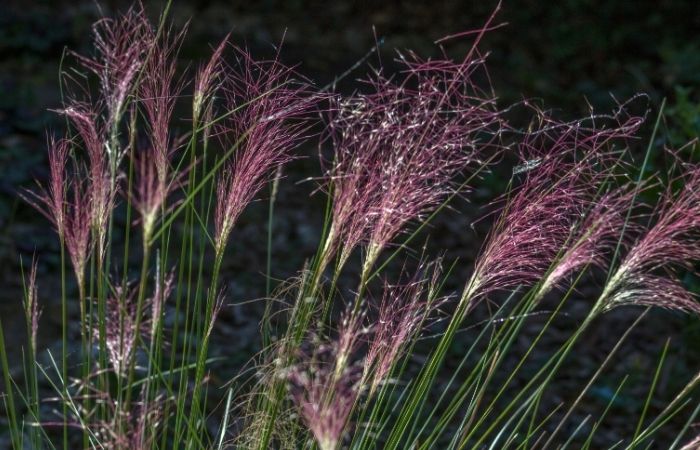
No list of St. John’s County landscaping tips are complete without the muhly grass. This native plant adds an explosion of color to your yard that sways in the breeze creating an almost hypnotic effect.
Highly drought-resistant and perfect for sandy soils, the muhly grass needs very little maintenance overall, and at Baker Company, we love using it to create effortless curb appeal.
How to Use It Effectively
Plant along driveways and pathways for added visual interest
Group several together to fill spaces and add texture to garden beds
Pair with sea grape and coontie for a classic coastal look
Coontie
Think͏͏ of͏͏ mango͏͏ or͏͏ avocado͏͏ trees.͏͏ This͏͏ layer͏͏ of͏͏ the͏͏ ecosystem͏͏ will͏͏ give͏͏ you͏͏ fruits,͏͏ while͏͏ also͏͏ providing͏͏ shade͏͏ to͏͏ protect͏͏ delicate͏͏ plants͏͏ from͏͏ the͏͏ scorching͏͏ sun.͏͏
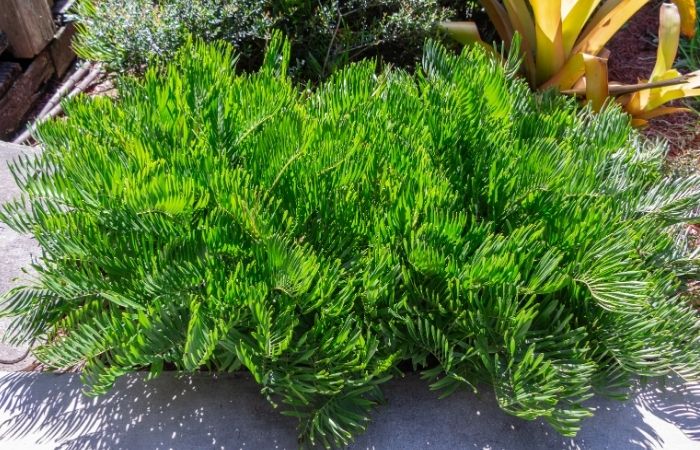
Did you know the coontie is a prehistoric plant? Having been in Florida since before Florida was a thing, this drought-resistant plant thrives in coastal conditions, and is one of the best plants for St Augustine Beach.
It is also the only host plant for the Atala butterfly, an imperiled Florida native that people love seeing in their gardens.
At Baker Company, our best projects always feature this beautiful native plant. We love using coontie in designs created to support local wildlife and improve our customer’s homes curb appeal.
How to Use It Effectively
- Plant it in shaded or partially sunny spots
- Use it to replace water-wasting shrubs
- Mix it with flowering plants for a pollinator-friendly garden
Railroad Vine
The railroad vine is one of the best native plants in St. Augustine, because it’s a powerhouse against erosion!
This fast-growing, salt-tolerant plant acts as ground cover and spreads quickly, which helps it hold sand and soil in place, which is why it can often be found in harsh beach conditions.
At Baker Company, we love using it for dune restorations and backyard erosion control, so if you live in a beachfront property, this is one plant you should definitely consider.
How to Use It Effectively
- Plant over dunes and sloped areas
- Use as ground cover in sandy, dry locations
- Pair it with sea grape, coontie and muhly grass for a true coastal look
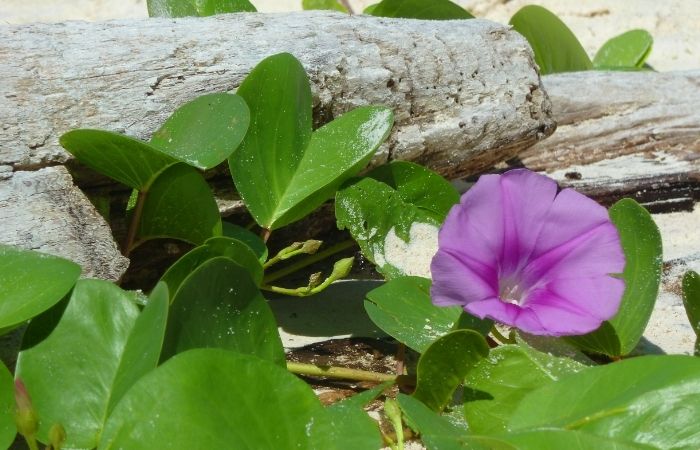
Southern Red Cedar
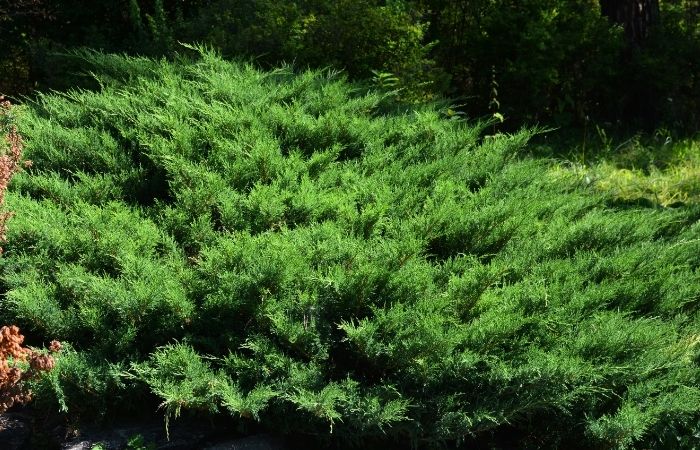
The southern red cedar is a tough, salt-tolerant evergreen that can withstand coastal storms and provides shelter for native birds.
At Baker Company, we frequently incorporate it into our designs as privacy hedges, and we consider it one of the best native plants in St. Augustine by far!
How to Use It Effectively
- Line them up and use as a windbreak or a privacy barrier
- Use as a statement tree
- Plant with sea grape and muhly grass for a diverse coastal look
Create A Sustainable Yard with Baker Company, Inc!
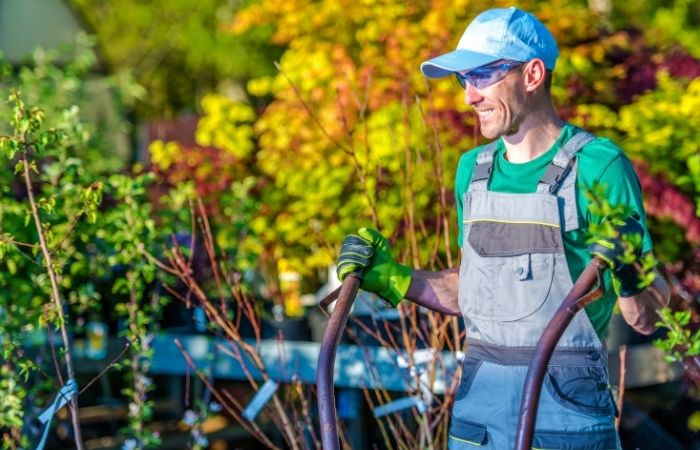
When you work with us, you’re working with the best. We can help you create a drought-resistant, salt-tolerant yard without sacrificing an ounce of beauty.
By using native plants in St. Augustine, we can create stunning, low-maintenance landscapes that will not only thrive in Florida’s coastal conditions, but will also help the local wildlife. Schedule a service today and discover why Baker Company, Inc is the best landscaping company in St. Augustine Beach!
FAQs
Do salt-tolerant plants need fertilization?
Most native plants in St. Augustine are well adapted to poor soils and require little to no additional fertilization, but if you want to make sure your soil can sustain native plants, we recommend performing a soil test.
How can I prevent erosion in my St. Augustine Beach garden?
Using deep-rooted ground cover native plants, like railroad vine, is an excellent way of stabilizing your soil.
Can I grow a native plant garden without an irrigation system?
Yes you can. The beauty of using native plants in St. Augustine Beach is that you’re using plants that are used to the environment. However, if you still need an irrigation system for other, non-native plants, we at Baker can help you with that as well.
Which native plants are the best at attracting birds?
All native plants in St. Augustine Beach has a role to play in the environment, and a garden made with them will attract pollinators and birds for certain. For specific plants, consider sea grape and southern red cedar, which attract birds and provide them with shelter, respectively.
Can native plants survive hurricanes and tropical storms?
Yes, many native plants are hurricane-resistant thanks to their deep root system. Not only that, but when planted together, they can support each other even in harsh weather.


